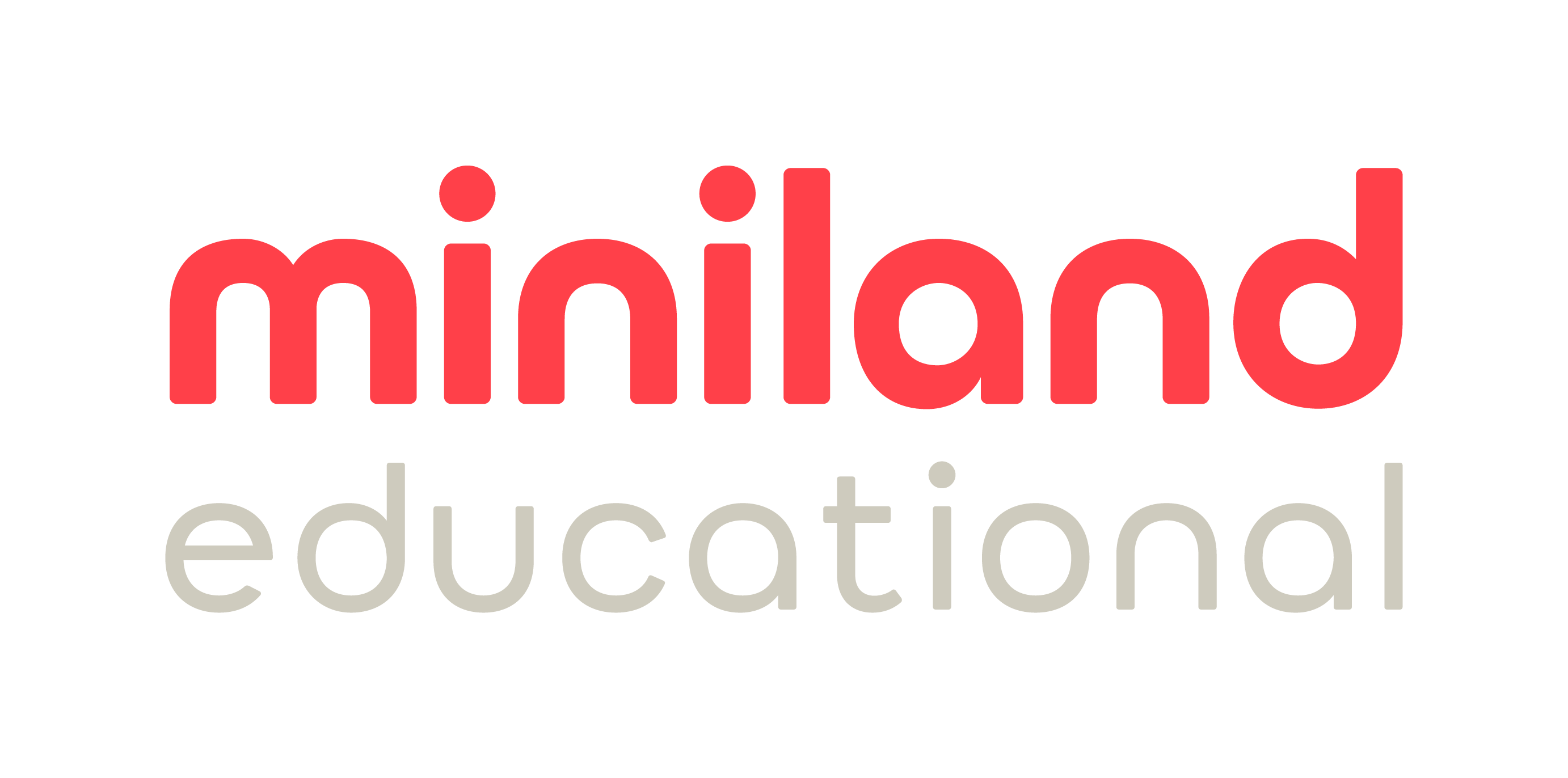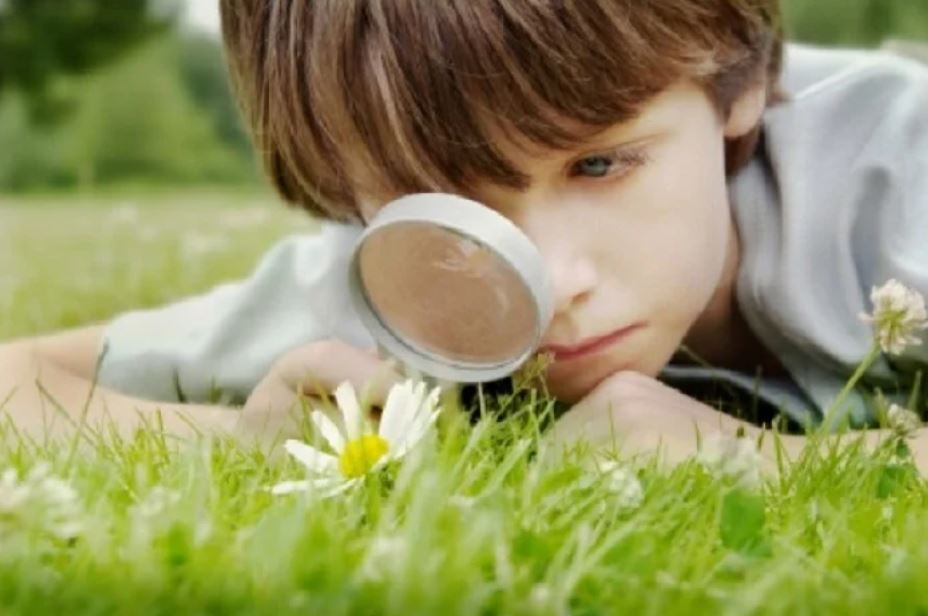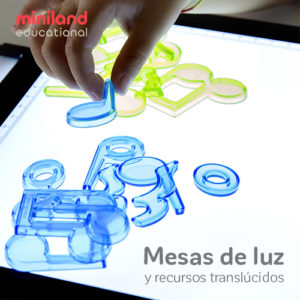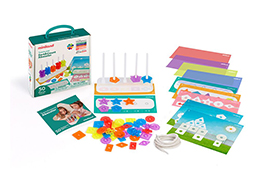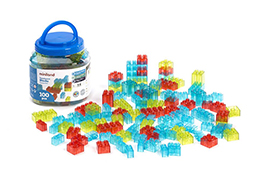As a teacher you have the ability to inspire, motivate, and mentor the little ones in your class and get them to fall in love with science. While most people imagine that not many children aspire to be scientists – preferring to become singers or actresses – however that really isn’t the case.
The well known parenting website Fatherly, did a survey where they asked 500 children in the USA what they would like to be when they grow up and the answers might surprise you.
‘Scientist’ ranked in at number seven in the top ten jobs, unbelievably beating police, astronaut and engineer. The most surprising thing of all is that the results showed that scientist was the third most popular choice of profession for little girls.
While some of the answers of course included things like “kitty cat”, “dinosaur” and “mattress tester” – the rest were pretty solid – have a look at Fatherly’s awesome infographics that show the top job choices for children all over the country.
Teaching resources for science in the classroom
The teaching resources that you use, the experiments that you do and the way you teach science to your class is going to vary according to their age and understanding levels. A class full of three-year-olds might not be as excited about a chemistry experiment, as they are about collecting bugs or going on nature walks. Remember to keep lessons and experiments fun but also age-appropriate for the best results.
Science for 3-5 year olds
This age group loves going outside and are just starting to understand basic science such as gas, liquid, and solid states. On a below zero day, go outside and blow some bubbles of dishwashing liquid. The bubbles should begin to freeze, and you can simply speed the process up by putting a snowflake on it. This experiment is fun and educational – younger children simply love it.

It’s also the perfect age to begin teaching children about color combinations. Each student gets a set of different colored paints, then you teach them how to make the different color combinations. For example if they mix red and white they get pink, and blue and yellow will make green.
Science for 6-8 year olds
Children are a little more advanced at this stage and will have a healthy fascination with living creatures. Getting a worm or ant farm in your classroom is an excellent teaching resource for science. Get your students to observe and record the behavior of the creatures, such as eating, sleeping and their life cycle.
An exploding volcano is always a hit with children and makes a great science experiment. Make a cone from cardboard and cut an opening on top. Then place an empty container inside the cone, and apply modeling clay all around the cone to make it look like a real mountain.
Place it on a plate or a tray to avoid making an absolute mess when it overflows. In the container, pour baking soda, red paint (a generous amount), and water. Then add a drop of dish soap. Stir it well, and tell your kid to add a little bit of vinegar to the mixture and watch the volcano erupt. Explain the chemical process afterwards
These are just some of the teaching resources that you can use to teach science in the classroom. The most important thing is to make the experiments fun, entertaining, educational and inspiring in order to keep your little students’ attention.

If you would like more teaching resources for subjects such as math, creativity and problem solving (to name just a few), have a look at our great new guide Getting the Most Versatility Out of Your Teaching Tools.
At Miniland, we strive to create educational toys for teachers that will create nurturing environments in their classroom that get the best all-round education for the little ones in their care. Check out our blog for more ideas, advice and inspiration for your classroom.
